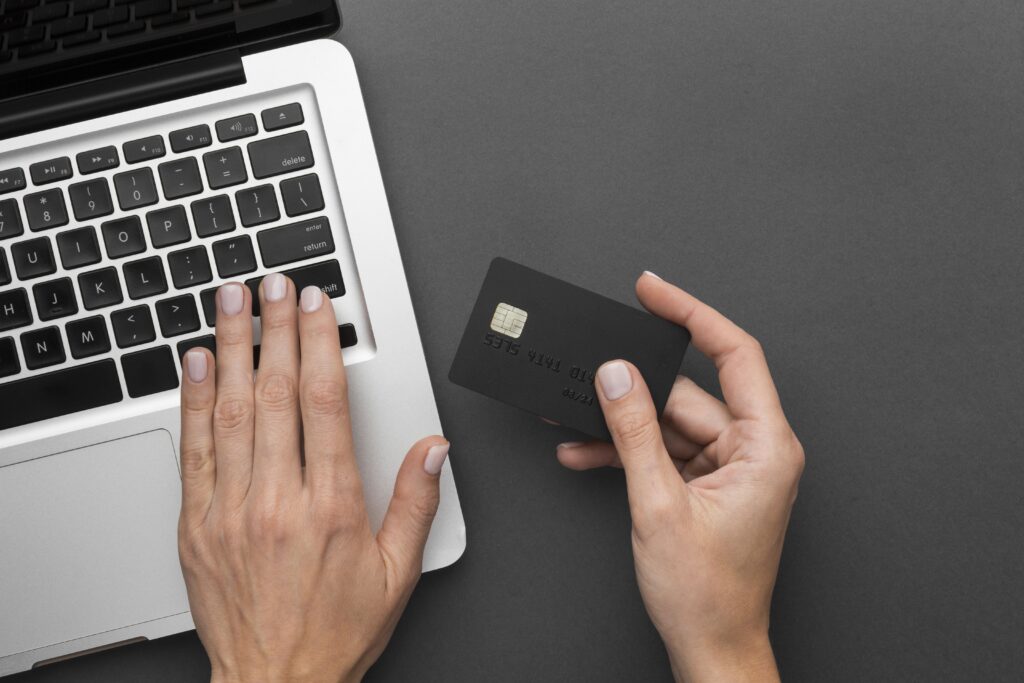Why «Credit Cards for No Credit» Matter in 2025
If you’re just starting your financial journey, credit cards for no credit can open the door to better financial health — but only if you choose wisely. According to the Consumer Financial Protection Bureau (CFPB), over 45 million Americans are «credit invisible,» meaning they have little to no credit history. This lack of credit can make it difficult to rent apartments, get loans, or even land a job.
But don’t worry! Even if you have zero credit history, there are beginner-friendly credit cards designed specifically for people like you. In this guide, we’ll explore:
- What are credit cards for no credit
- The best options in 2025
- Tips to increase your approval odds
- How to use your new card responsibly
Let’s dive into the world of credit — no experience required!

What Are Credit Cards for No Credit?
«Credit cards for no credit» are designed for individuals who have never had a credit card, loan, or financial product reported to credit bureaus. These cards are often:
- Secured (require a deposit)
- Low-limit (start with modest credit limits)
- Easy to get approved compared to regular cards
How They Work
| Feature | Description |
|---|---|
| Security Deposit | Usually $200–$500, refundable |
| Credit Limit | Equal to or slightly above your deposit |
| Reporting | Monthly reports to Equifax, Experian, and TransUnion |
| Annual Fees | Varies (some have $0 annual fees) |
📝 Note: Most issuers report payment history, which helps build your credit score over time.
Best Credit Cards for No Credit in 2025
1. Discover it® Secured Credit Card
- No annual fee
- Cashback on purchases
- Free FICO score updates
- Automatic review after 7 months for upgrade to unsecured card
2. Capital One Platinum Secured
- $49, $99, or $200 refundable deposit
- Potential for higher limits with good payment history
- No annual fee
3. Petal® 1 “No Annual Fee” Visa
- No credit history required
- Uses banking data to evaluate applicants
- No fees, cashback on select purchases
4. Chime Credit Builder Visa®
- No credit check
- No annual fee or interest
- Requires Chime Spending Account

Benefits of Using a Credit Card with No Credit History
Using credit cards for no credit responsibly offers numerous benefits:
- 📈 Build a credit score from scratch
- ✅ Easier approval for future loans or mortgages
- 🏦 Establish a financial identity
- 💳 Learn money management skills
💡 Pro Tip: Pay your balance in full each month to avoid interest and boost your credit score faster.
How to Improve Approval Chances
Getting approved for a card when you have no credit can feel like a Catch-22. Here’s how to boost your odds:
- Apply for a secured card
- Use a co-signer if available
- Become an authorized user on someone else’s card
- Provide proof of income or banking history
- Limit your applications to 1–2 cards at a time
Mistakes to Avoid with Starter Credit Cards
Many beginners fall into traps that damage their scores. Avoid these:
- ❌ Maxing out your card
- ❌ Making only minimum payments
- ❌ Missing payment deadlines
- ❌ Applying for too many cards at once
Credit-Building Tips for Beginners
- ✔️ Keep utilization below 30% of your limit
- ✔️ Set payment reminders or auto-pay
- ✔️ Review your credit reports regularly (visit AnnualCreditReport.com)
- ✔️ Upgrade to an unsecured card once eligible
FAQs
Can I get a credit card with no credit history?
Absolutely! Secured and student cards are designed for this purpose.
Do secured cards build credit faster?
No—they build credit just as effectively as unsecured cards if payments are reported.
How long does it take to build a credit score?
Typically 3–6 months of activity to generate a FICO® score.
Final Thoughts: Start Smart
Credit cards for no credit aren’t just about spending—they’re strategic tools. By choosing wisely and practicing discipline, you’ll unlock doors to loans, apartments, and even jobs. Ready to take control? Compare your options, apply, and watch your financial future blossom.
Internal Links:
Secured vs. Unsecured Cards: What’s Better?
How to Improve Your Credit Score in 90 Days
🔎 For more resources on credit building, visit ConsumerFinance.gov or MyMoney.gov.



